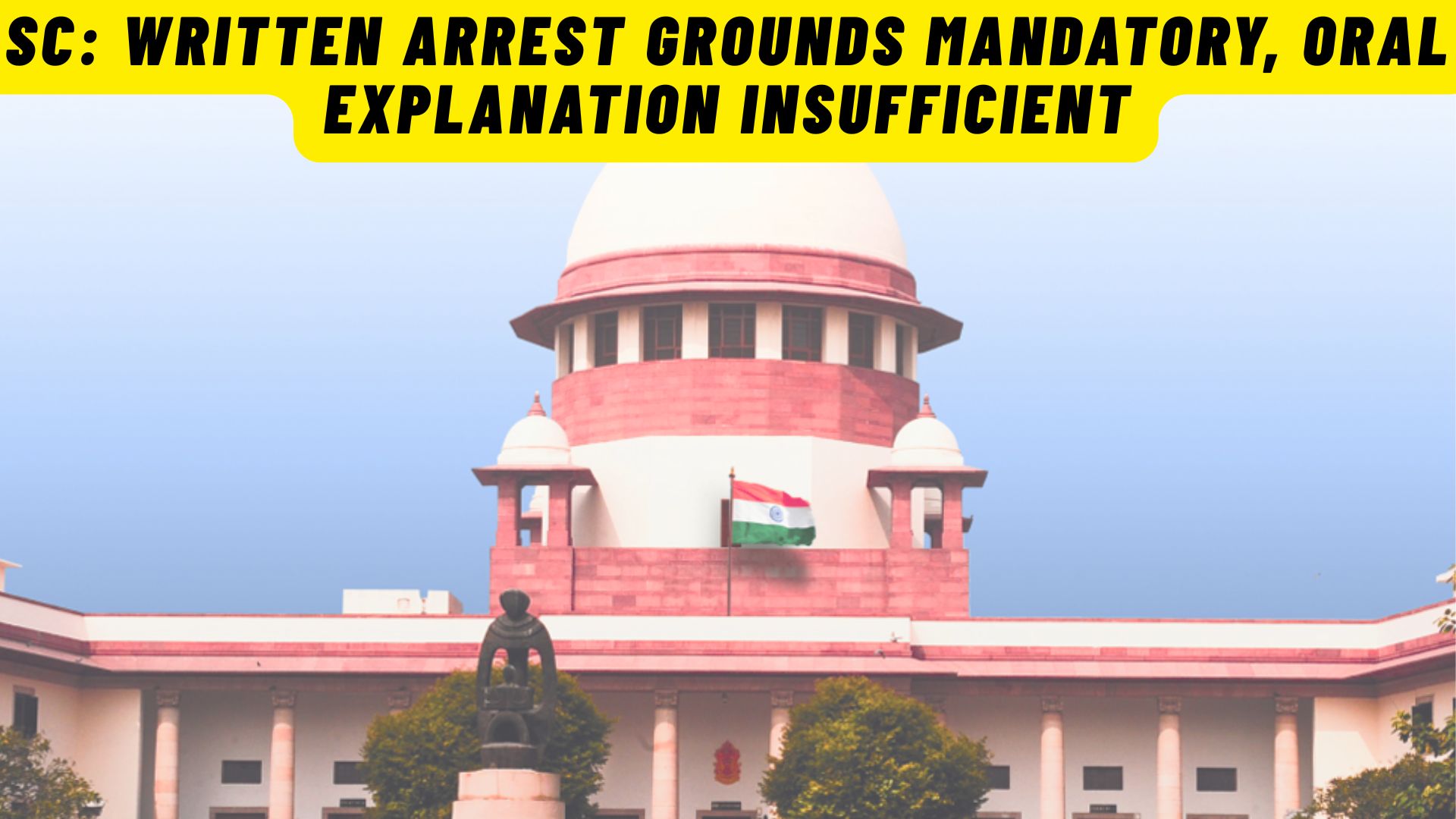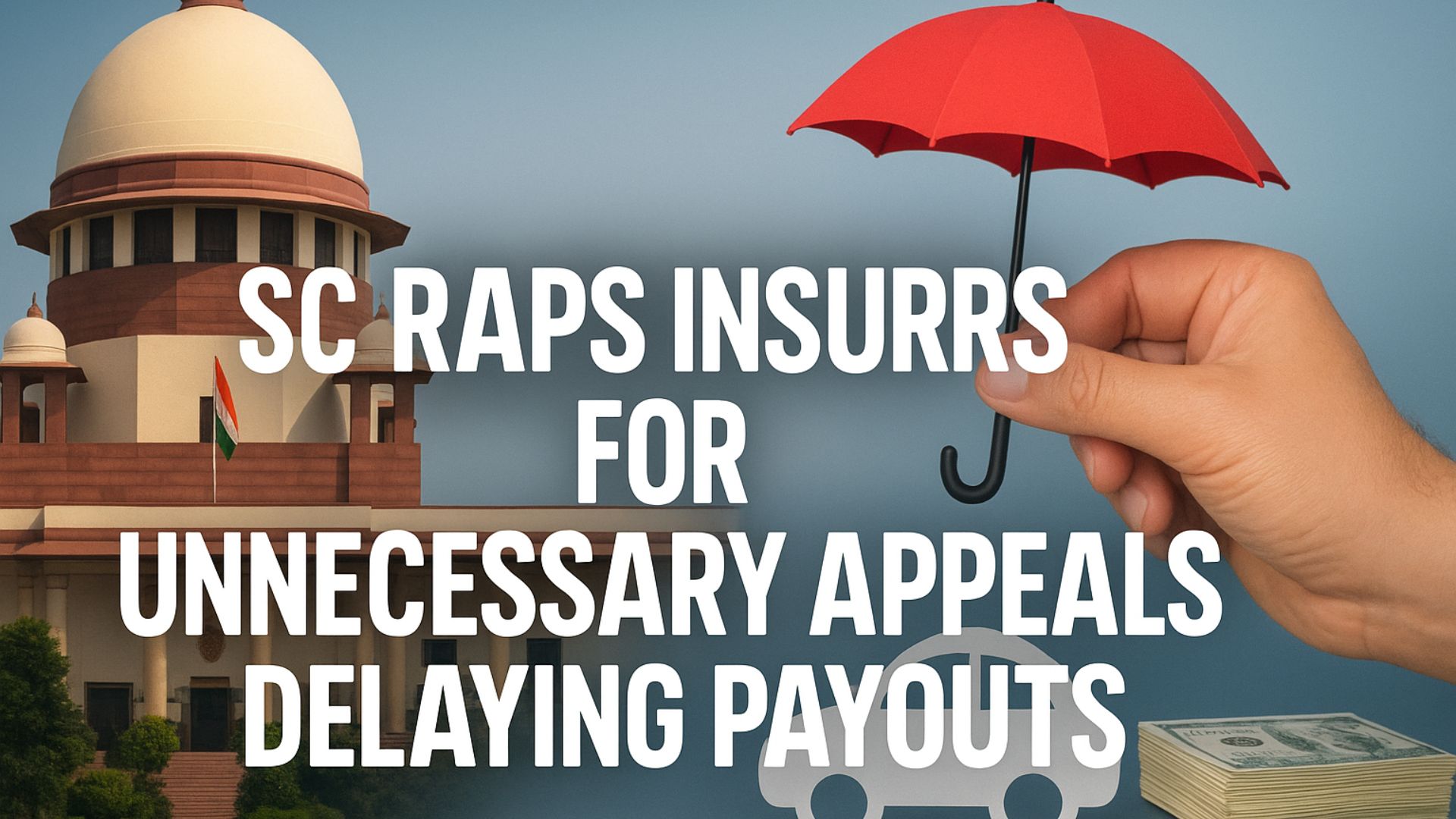A. Pasayat, J.@mdashThis is an application in terms of Section 378(4) of the Code of Criminal Procedure, 1973 (In short, the ''Code'') for grant
of special leave to appeal from the order of acquittal in a case instituted upon a complaint by the present petitioner. Notice was issued to the opp.
parties on the question of grant of leave.
2. On the accusation of having committed an offence punishable u/s 506 of Indian Penal Code, 1860 (in short, IPC), the opp. parties faced trial.
Learned Judicial Magistrate First Class, Puri (in short. ''JMFC'') recorded an order of acquittal holding that the complainant has not proved his
case.
3. Complainant''s version essentially runs as follows :
The occurrence took place on 25-2-1992 in a village road. Accused persons surrounded the complainant, abused him in filthy language and had
the witnesses examined not intervened, he would have suffered further injuries in addition to injuries sustained on account of fist blows given by
Nabaghan, alias Nabina, opp. party No. 1.
4. Learned JMFC with reference to evidence on record held that because the complainant admitted that he was not alarmed by threat given by
accused persons, ingredients of Section 506, IPC did not exist. He also held that no evidence was coming to show that accused persons intended
to cause alarm to the complainant. With reference to evidence of the complainant, he noticed that when accused. Surendra and Nabaghana
surrouneded him and abused him in filthy language, he also replied back saying that there was no point in their talking in the manner done and
Court and police agency can take care of such situation.
5. Mr. R. Mohapatra, learned counsel for petitioner with reference to language of Section 506, IPC submitted that learned JMFC was not justified
in holding that unless the victim is alarmed. Section 506 is not attracted. According to him, it was intention of accused to cause alarm which is
material and relevant and whether intended victim got alarmed or not is of no consequence. It is further submitted that inference about intention to
cause alarm has to be gathered from the circumstances, and evidence of witnesses clearly shows that intention of accused persons was to cause
alarm. Mr. B. Sahu learned counsel for opp. parties on the other hand submitted that a factual finding has been recorded by learned JMFC that
evidence does not show existence of any material on the alarm aspect.
6. Sub-section, (4) of Section 378 of the Code deals with appeal by complainant, against an order of acquittal passed in a case instituted on a
complaint. Appeal by private party not being as a matter of right, strong prima facie case must be made out before a special leave is granted by
High Court. It has therefore to be seen whether any material irregularity has been committed by the learned JMFC while directing acquittal. The
fate of the case depends upon the question whether ingredients necessary to constitute an offence u/s 506, IPC are present and have been
established.
7. Section 506, IPC deals with punishment for criminal intimidation. Section 503 defines the said offence. It has following essentials.
(1) Threatening a person with any injury;
(a) to his person, reputation or property ; or
(b) to the person or reputation of any one in whom that person is interested.
(2) The threat must be with intent; (a) to cause alarm to that person; or
(b) to cause that person to do any act which he is not legally bound to do as means of avoiding execution of such threat; or
(c) to cause that person to omit to do any act which that person is legally entitled to do as means of avoiding execution of such threat.
Therefore, intention must be to cause alarm to the victim and whether he is alarmed or not is really of no consequence. But material has to be
brought on record to show that intention was to cause alarm to that person. Here expression of any words without any intention to cause alarm
would not be sufficient to bring in application of Section 506, IPC. The gist of the offence is the effect which the threat is intended to have upon
mind of person threatened. It is clear that before it can have effect upon his mind it must be either made to him by the person threatening or
communicated to him in some way. The section has undergone a complete transformation since its first draft which, after enumerating certain
offences such as murder, hurt, mischief, house breaking, unnatural offence and rape, made the offence inter alia, depend upon the causing of
distress or terror to the person intimidated. (Clause 482). The word ""distress"" was naturally objected to, though the Law Commission defended its
retention. (2nd Report, Section 417). The original clause was apparently taken from Russel''s Work on Crimes and it was both disjointed and
incomplete. The present section is practically new, and the substitute of the word ""alarm"" for distress and terror is intended to confine the offence
only to cases where the effect thereof is to cause more pain than is covered by those words. The anxiety and mental anguish caused by an injury
threatened may often be as or even greater than the actual injury. Lord Ellenborough said ""To make it indictable, the threat must be of such a
nature as is calculated to overcome a firm and prudent man...The Law distinguishes between threats of actual violence against the person, or such
other threats as a man of common firmness cannot stand against and other sorts of threats"". Intention is a mental condition which has to be
gathered from the circumstances of the case. The threat must be intended to cause alarm from which it follows that, ordinarily, it would be sufficient
for that purpose. The degree of such alarm may vary in different cases, but the essential matter is that it is of a nature and extent to unsettle the
mind of the person on whom it operates and take away from his acts that element of free voluntary action which alone constitutes consent. The
case where the threat produces an alarm is comparatively a simple one, for all that has then to be proved is that threat was given and that the alarm
was due to the threat; but where the threat has not that effect, it involves a question whether it was sufficient to overcome a man of ordinary nerves.
The Court may hold it to be an empty boast, too insignificant to call for penal visitation of Section 506. ""Intimidate"" according to Webster''s
Dictionary means ""(1) to make timid, make afraid, overawe; (2) force or deter with threats or violence, cow"". Threat referred to in the section must
be a threat communicated or uttered with intention of its being communicated to the person threatened for the purpose of influencing his mind.
Question whether threat amounts to a criminal intimidation or not does not depend on norms of individual threatened if it is such a threat as may
overcome ordinary free will of a man of common firmness. ""Threat"" is derived from Anglo-Saxan word ""threoton to lire"", (harass). It is the
declaration of an intention to inflict punishment, loss or pain on another, ""injury"" is defined in Section 44. It involves doing of an illegal act. If it is
made with intention mentioned in the section, it is an offence. Whether threat was given with intention to cause alarm to the person threatened has
to be established by evidence to be brought on record. Material in that regard is totally lacking in the case at hand. Though learned JMFC has
erroneously held that the complainant having not got terrified the section has no application, yet he is right in his conclusion that no evidence was
there to show that the accused person intended to cause alarm to the complainant.
8. In the aforesaid background, I do not consider this to be a fit case for grant of leave. The application is rejected.

